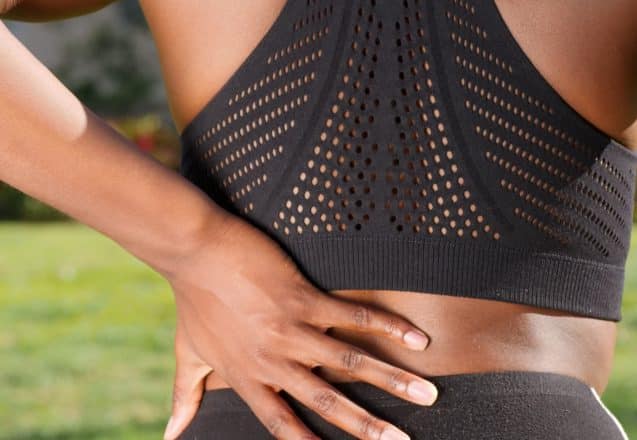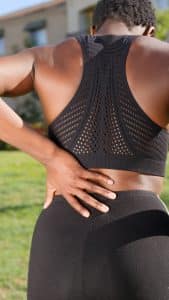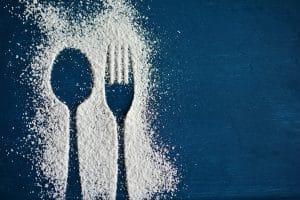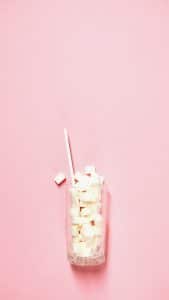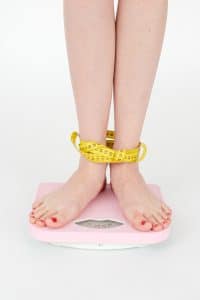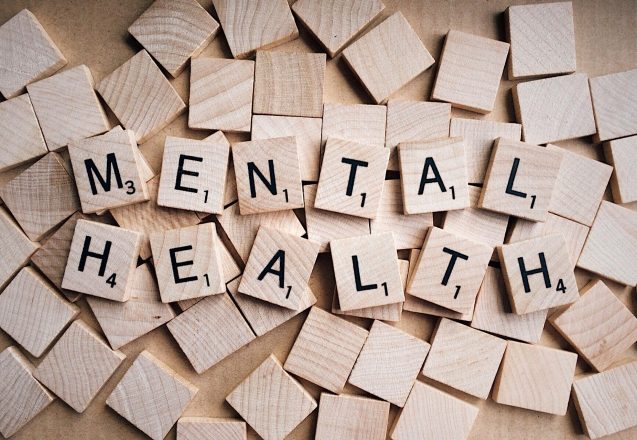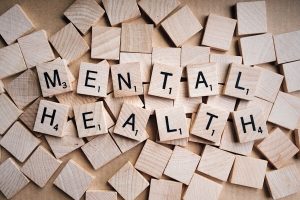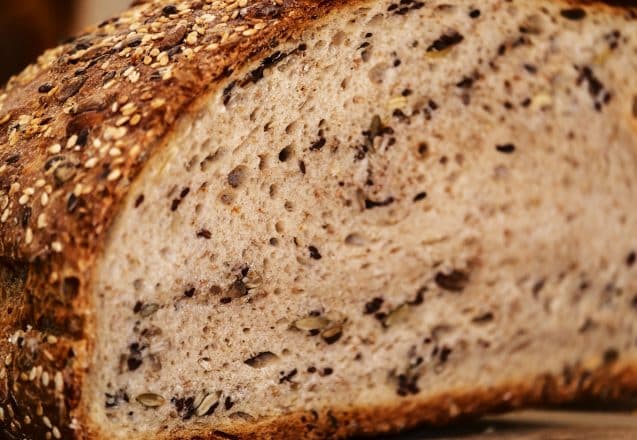Exercising Outside In The Heat
 Exercising outside can be invigorating, especially if you do it in an area with lots of greenery. However, if you do it when the heat is the worst, it can be dangerous. To exercise outside safely, check the temperature first. Exercising is more than uncomfortable if it’s above 100 degrees or in the high 80s or 90s with high humidity. It becomes dangerous. Even playing sports on a 110-degree day is dangerous. It’s a day you should exercise in the gym or your home.
Exercising outside can be invigorating, especially if you do it in an area with lots of greenery. However, if you do it when the heat is the worst, it can be dangerous. To exercise outside safely, check the temperature first. Exercising is more than uncomfortable if it’s above 100 degrees or in the high 80s or 90s with high humidity. It becomes dangerous. Even playing sports on a 110-degree day is dangerous. It’s a day you should exercise in the gym or your home.
Wear the right clothing.
Your clothes should be breathable material that wicks away moisture. It should be a light color to reflect the sun rather than a dark color that absorbs the heat and makes you warmer. It doesn’t matter how your legs look, wear shorts. Wear a loose short-sleeved T-shirt or a tank top that’s lighter weight and loose fitting. Wear sunglasses that protect your eyes from UV rays. Put on sunscreen if you’re working out in the sun.
Take water with you everywhere you go.
Drink a bottle of water about a half hour before working out. Take a bottle or two with you and sip on it throughout your workout. Drink more water when you finish your workout. Take it slowly if you’ve spent all your time working out in an air-conditioned gym or haven’t exercised in a long time. Either start working out outside as the weather starts to warm, allowing your body to acclimate with the rest of nature. If it’s already hot out, cut your sessions shorter initially and work toward longer ones.
Adjust the time you exercise to the coolest part of the day.
If you’ve always exercised in the afternoon and decided to take it outside, you might find it easier to change the time to early morning when it’s the coolest. If it’s impossible to do or extremely hot even in the morning, take your time acclimating to the heat. Know your body and the signs of heat exhaustion and heat stroke. If you feel dizzy or nauseous, it may be heat exhaustion. You can modify your workout to short periods outside and finish up in air conditioning, extending the outside workout when you’re acclimated or the weather permits.
- If your exercise is running and you do it in the early morning or late at night, stay safe with reflective clothing. Let someone know your path or allow them to track your cell phone.
- Modify your activity based on the heat. Jog or walk rather than run on extremely hot days. Pace yourself no matter what workout you’re doing. Avoid high-intensity workouts when it’s hot outside.
- Check weather forecasts for both temperature and the comfort index that considers humidity in the mix. When there’s both high humidity and heat it doesn’t allow your cooling system of sweat evaporation to work properly.
- Workout in shaded areas on hot days. Trees can cool the temperature by four degrees. Avoid exercising on the asphalt that absorbs heat or concrete that reflects and intensifies it.
For more information, contact us today at Iron Fit San Antonio






